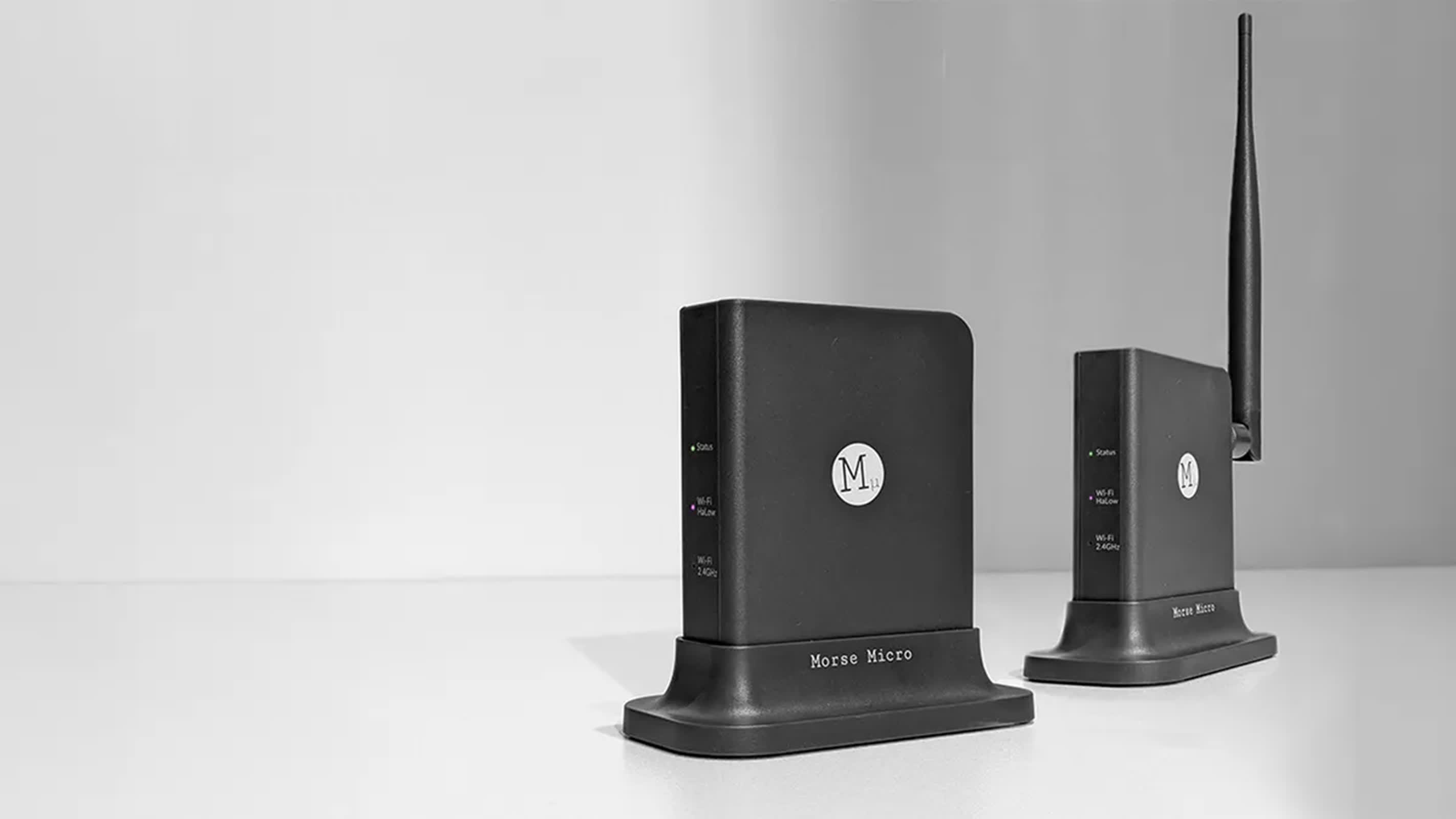TL;DR: Morse Micro has introduced the MM-HL1-EXT, a Wi-Fi HaLow router that promises to advance long-range, low-power communication. This device, part of the HaLowLink 1 series, uses the IEEE 802.11ah Wi-Fi HaLow standard to achieve connectivity ranges of up to 10 miles in rural areas and 1.86 miles in urban environments.

The MM-HL1-EXT sets itself apart from conventional Wi-Fi routers by operating in the 900MHz band in the U.S. while also supporting 2.4GHz Wi-Fi 4 (802.11n). This dual-band capability allows the router to function as a standalone access point or an extender, improving connectivity in hard-to-reach areas.
At the heart of the HaLowLink 1 is the MediaTek MT7621A dual-core CPU, complemented by 256MB of DRAM and 32MB of NAND flash storage. The radio module features Morse Micro's MM6108 chipset alongside AzureWave AW-HM593, delivering a transmission power of up to 23 dBm for stable, long-range performance.
The router's connectivity options are equally impressive, with two Gigabit Ethernet ports and support for Ethernet-over-USB. Power and data transmission over Ethernet are facilitated through a USB-C port. Running on the open-source and customizable OpenWrt 23.05 networking platform, the HaLowLink 1 supports online firmware updates, making it adaptable to future needs.

While the HaLowLink 1's Wi-Fi HaLow speeds max out at 32Mbps using an 8MHz bandwidth, its Wi-Fi 4 capability supports speeds of up to 300Mbps at 40MHz bandwidth. This versatility makes it suitable for a wide range of IoT and industrial applications.
In harsh industrial settings, two HaLowLink 1 units can be deployed as a wireless alternative to outdoor and remote installations, effectively replacing Ethernet cabling.
The MM-HL1-EXT has already received certifications for use in North America (FCC), Canada (IC), and Australia (RCM), with Morse Micro actively working to secure certifications for EMEA (868MHz) and Asia.
The MM-HL1-EXT is now available on Mouser for approximately $99. Stock is currently limited, but more units are expected to be available by April 14, 2025. Larger bulk orders have an estimated factory lead time of eight weeks.
Morse Micro's journey in developing Wi-Fi HaLow technology spans nearly a decade. The company demonstrated router hardware capable of providing 2-mile coverage for months while running on coin batteries in tests conducted in February 2024. By September, that range had increased to 10 miles. At CES 2025 in January, Morse Micro showcased Wi-Fi routers capable of delivering 250Mbps over a 10-mile radius.
New long-range Wi-Fi HaLow router hits the market for less than $100, up to 10-mile connectivity